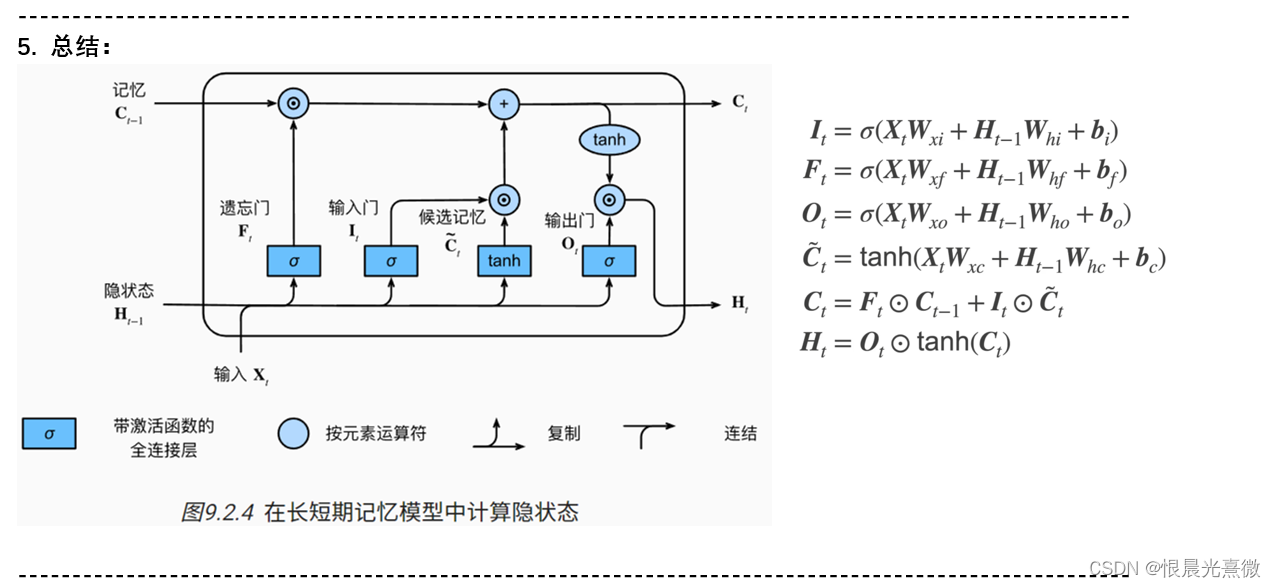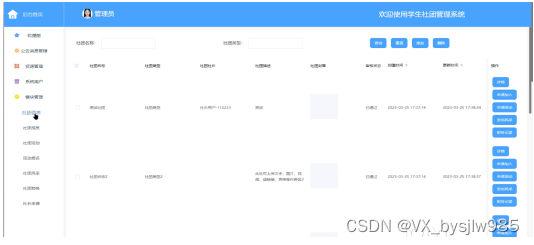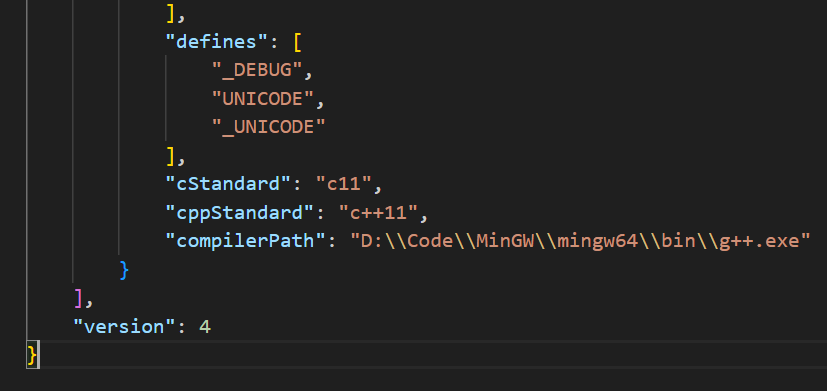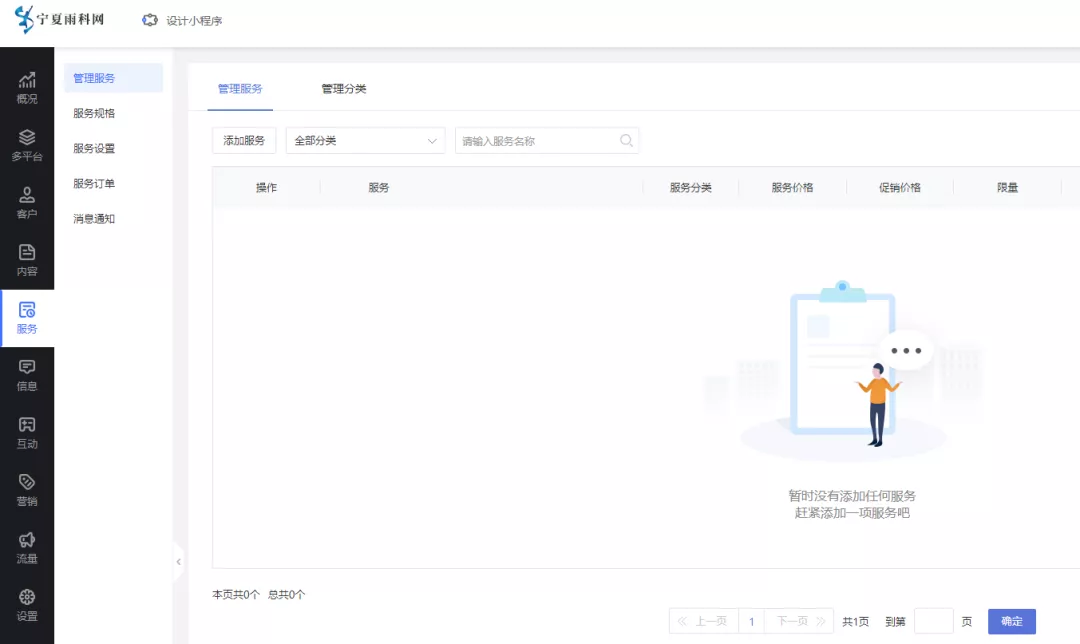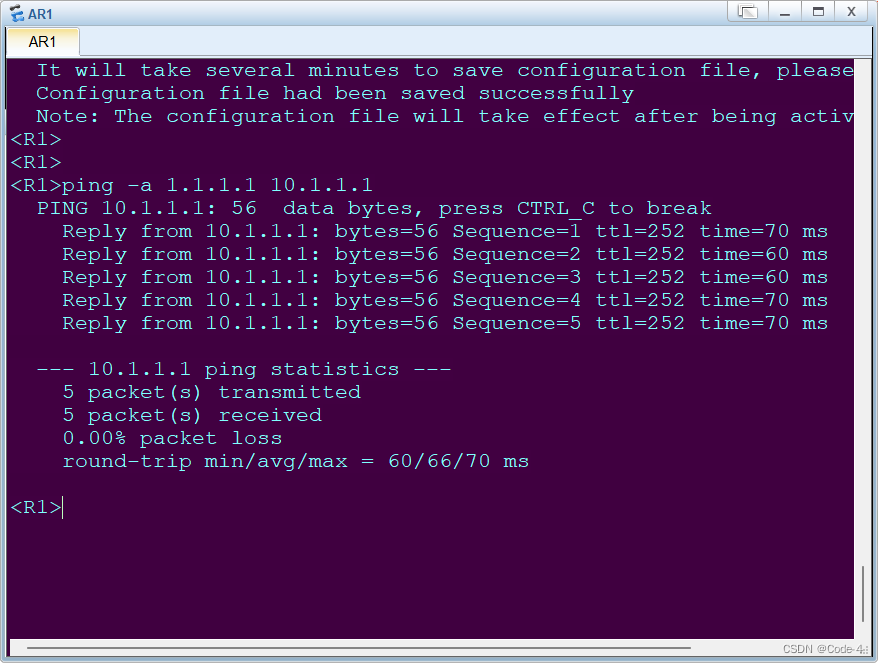接上篇:Java多线程核心技术第一阶段-Java多线程基础 01
3.3 清除中断状态的使用场景
this.interrupted()方法具有清除状态标志值的功能,借用此特性可以实现一些效果。
【示例3.3.1】在MyThread4线程中向list1和list2存放数据,基于单一职责原则,MyThread4线程只负责存放数据,不负责处理存放的数据量,数据量由main线程进行处理。
public class Box {public static ArrayList list1 = new ArrayList();public static ArrayList list2 = new ArrayList();
}public class MyThread extends Thread{@Overridepublic void run() {try {while (true) {if (Thread.interrupted()) {throw new InterruptedException("线程中断");}for (int i = 0; i < 10000; i++) {new String("" + Math.random());}Box.list1.add("数据A");System.out.println("list1 size = " + Box.list1.size());}} catch (InterruptedException exception) {exception.printStackTrace();}try {while (true) {if (Thread.interrupted()) {throw new InterruptedException("线程中断");}for (int i = 0; i < 10000; i++) {new String("" + Math.random());}Box.list2.add("数据B");System.out.println("list2 size = " + Box.list2.size());}} catch (InterruptedException exception) {exception.printStackTrace();}}
}public class Run1 {public static void main(String[] args) throws InterruptedException {MyThread myThread = new MyThread();myThread.start();boolean list1Isinterrupt = false;boolean list2Isinterrupt = false;while(myThread.isAlive()){if(Box.list1.size() > 500 && list1Isinterrupt == false){myThread.interrupt();list1Isinterrupt = false;}if(Box.list1.size() > 600 && list1Isinterrupt == false){myThread.interrupt();list2Isinterrupt = false;}Thread.sleep(100);}}
}3.4 能停止的线程-异常法
根据前面的介绍,只需要通过线程中的for语句来判断线程是否是停止状态即可判断后面的代码是否可运行,如果是停止状态,则后面的代码不在运行。
【示例3.4.1】
public class MyThread extends Thread{@Overridepublic void run(){for (int i = 0; i < 500000; i++) {if(MyThread.interrupted()){System.out.println("这已经是停止状态了,我要退出了");break;}System.out.println("i = " + (i+1));}}
}public class Run1 {public static void main(String[] args) {try {MyThread myThread = new MyThread();myThread.start();Thread.sleep(100);myThread.interrupt();}catch (InterruptedException e){System.out.println("main catch");e.printStackTrace();}}
}上面的示例中,虽然停止了线程,但是如果for语句下面还有语句,那么程序还会继续执行。
【示例】
public class MyThread1 extends Thread{@Overridepublic void run(){for (int i = 0; i < 500000; i++) {if(MyThread1.interrupted()){System.out.println("这已经是停止状态了,我要退出了");break;}System.out.println("i = " + (i+1));}System.out.println("此行被输出,如果此行代码时for又继续执行,线程并未停止");}
}public class Run1 {public static void main(String[] args) {try {MyThread1 myThread = new MyThread1();myThread.start();Thread.sleep(100);myThread.interrupt();}catch (InterruptedException e){System.out.println("main catch");e.printStackTrace();}}
}如何解决语句继续运行的问题呢?看一下更新后的代码:
public class MyThread1 extends Thread{@Overridepublic void run(){super.run();try{for (int i = 0; i < 500000; i++) {if(MyThread1.interrupted()){System.out.println("这里是停止状态,退出!");throw new InterruptedException();}System.out.println("i = " + (i + 1));}}catch (InterruptedException e){System.out.println("MyThread1 线程 被catch了");e.printStackTrace();}}
}public class Run1 {public static void main(String[] args) {try {MyThread1 myThread = new MyThread1();myThread.start();Thread.sleep(100);myThread.interrupt();}catch (InterruptedException e){System.out.println("main catch");e.printStackTrace();}System.out.println("end!");}
}4 暂停线程
4.1 使用suspend()暂停线程
暂停线程意味着此线程还可以恢复运行,在Java多线程中可以使用suspend()方法暂停线程,使用resume()方法来恢复线程。
【示例4.1】
public class MyThread1 extends Thread{private long i = 0;public long getI() {return i;}public void setI(long i) {this.i = i;}@Overridepublic void run(){while(true){i++;}}
}public class Run1 {public static void main(String[] args) {try{MyThread1 thread = new MyThread1();thread.start();Thread.sleep(5000);//A段thread.suspend();System.out.println("A = " + System.currentTimeMillis() + " i ="+ thread.getI());Thread.sleep(5000);System.out.println("A = " + System.currentTimeMillis() + " i ="+ thread.getI());//B段thread.suspend();Thread.sleep(5000);//C段thread.suspend();System.out.println("B = " + System.currentTimeMillis() + " i ="+ thread.getI());Thread.sleep(5000);System.out.println("B = " + System.currentTimeMillis() + " i ="+ thread.getI());}catch (InterruptedException e){e.printStackTrace();}}
}stop()方法用户销毁线程对象,如果想继续运行线程,则必须使用start()重新启动线程,而suspend()方法用于让线程不再执行任务,线程对象并不销毁,只在当前所执行的代码处暂停,未来还可以恢复运行。
从控制台输出的时间上来看,线程的确被暂停了,而且还可以恢复成运行状态。
4.2 suspend()和resume()的缺点-独占
如果suspend()和resume()方法使用不当,极易造成公共同步对象被独占,其他线程无法访问公共同步对象的结果。
【示例4.2】
public class SynchronzedObject {synchronized public void printString(){System.out.println("begin");if(Thread.currentThread().getName() .equals("a")){System.out.println("a 线程永远suspend");Thread.currentThread().suspend();}System.out.println("end");}
}public class Run1 {public static void main(String[] args) {try {final SynchronzedObject object = new SynchronzedObject();Thread t1 = new Thread(){@Overridepublic void run(){object.printString();}};t1.setName("a");t1.start();Thread.sleep(1000);Thread t2 = new Thread(){@Overridepublic void run(){System.out.println("t2启动了,但进入不了printString方法");System.out.println("因为被t1锁定并永远suspend了");object.printString();}};t2.start();}catch (InterruptedException e){e.printStackTrace();}}
}4.3 使用LockSupport实现线程暂停与恢复
suspend()和resume()方法时过期作废的,如果想实现同样的功能,可以使用JDK并发包里提供的LockSupport类作为替代,效果是一样的。
【示例4.3.1】
public class MyThread1 extends Thread{@Overridepublic void run(){System.out.println("begin" + System.currentTimeMillis()/1000);LockSupport.park();System.out.println("end" + System.currentTimeMillis()/1000);}
}public class Run1 {public static void main(String[] args) throws InterruptedException {MyThread1 t1 = new MyThread1();t1.start();Thread.sleep(1000);LockSupport.unpark(t1);}
}park()方法的作用是将线程暂停,unpark()方法的作用是恢复线程的运行。如果先执行unpark在执行park方法,则park方法不会呈现暂停的效果。
4.4 yield()方法
yield方法的作用是放弃当前的CPU资源,让其他任务去占用CPU执行时间,放弃的时间不确定,有可能刚刚放弃,马上有获取CPU时间片。
【4.4.1】
public class MyThread1 extends Thread{@Overridepublic void run(){Long begin = System.currentTimeMillis() ;int count = 0;for (int i = 0; i < 5000000; i++) {//Thread.yield();count = count + (i + 1);}Long end = System.currentTimeMillis() ;System.out.println("用时:"+(end - begin) + "毫秒");}
}public class Run1 {public static void main(String[] args) {MyThread1 t1 = new MyThread1();t1.start();}
}
第一次运行时,Thread.yield()方法注释,运行结果:
第二次运行时,Thread.yield()方法放开,运行结果:
第二次将CPU资源让给其他资源,导致速度变慢。
5 线程的优先级
在操作系统中,线程可以划分优先级,优先级较高的线程得到的CPU资源较多,即CPU优先执行优先级较高的线程对象中的任务,其实就是让优先级高的线程获取更多的PCU时间片。
设置线程优先级有助于“线程规划器”确定在下一次选择哪一个线程来优先执行。
使用setPriority()方法设置线程的优先级,此方法在JDK的源码如下:
public final void setPriority(int newPriority) {ThreadGroup g;checkAccess();if (newPriority > MAX_PRIORITY || newPriority < MIN_PRIORITY) {throw new IllegalArgumentException();}if((g = getThreadGroup()) != null) {if (newPriority > g.getMaxPriority()) {newPriority = g.getMaxPriority();}setPriority0(priority = newPriority);}}在Java中线程的优先级分为10个等级,即1~10,如果小于1或大于10,则抛出
throw new IllegalArgumentException()。
JDK使用三个常量来预定于优先级的值,代码如下:
/*** The minimum priority that a thread can have.*/public final static int MIN_PRIORITY = 1;/*** The default priority that is assigned to a thread.*/public final static int NORM_PRIORITY = 5;/*** The maximum priority that a thread can have.*/public final static int MAX_PRIORITY = 10;5.1 线程优先级的继承特性
在Java中,线程的优先级具有继承性,比如A线程启动B线程,则B线程的优先级与A是一样的。
【示例5.1.1】
public class MyThread2 extends Thread{@Overridepublic void run(){System.out.println("MyThread2 的优先级 = " + this.getPriority());}
}public class MyThread1 extends Thread{@Overridepublic void run(){System.out.println("MyThread1 的优先级 = " + this.getPriority());MyThread2 t2 = new MyThread2();t2.start();}
}public class Run1 {public static void main(String[] args) {System.out.println("开始时main线程的优先级 = " + Thread.currentThread().getPriority());//Thread.currentThread().setPriority(8);System.out.println("结束时main线程的优先级 = " + Thread.currentThread().getPriority());MyThread1 t1 = new MyThread1();t1.start();}
}运行结果是
此时把Run1类的注释放开后,运行结果是

5.2 线程优先级的规律性
虽然使用setPriority()方法可以设置线程的优先级,但还是没有看到设置优先级带来的效果。
【示例5.2.1】
public class MyThread3 extends Thread{@Overridepublic void run(){long begin = System.currentTimeMillis();long addResult = 0L;for (int i = 0; i < 10; i++) {for (int j = 0; j < 100000; j++) {Random random = new Random();random.nextInt();addResult = addResult + i;}}long end = System.currentTimeMillis();System.out.println("t1 消耗时间 = " + (end - begin) + "毫秒");}}public class MyThread4 extends Thread{@Overridepublic void run(){long begin = System.currentTimeMillis();long addResult = 0L;for (int i = 0; i < 10; i++) {for (int j = 0; j < 100000; j++) {Random random = new Random();random.nextInt();addResult = addResult + i;}}long end = System.currentTimeMillis();System.out.println("t2 消耗时间 = " + (end - begin) + "毫秒");}
}public class Run2 {public static void main(String[] args) {for (int i = 0; i < 5; i++) {MyThread3 t1 = new MyThread3();t1.setPriority(1);t1.start();MyThread4 t2 = new MyThread4();t2.setPriority(10);t2.start();}}
}
高优先级的线程总是大部分先执行王城,但不代表高优先级的线程全部执行完成。另外,并不是t1线程先被main线程调用就先执行完。当线程优先级的等级差距很大时,谁先执行完和代码的调用顺序无关。
5.3 守护线程
Java中有两种线程,一种是用户线程(非守护线程),另一种是守护线程。
守护线程是一种特殊的线程,当进程中不存在非守护时,则守护线程自动销毁。典型的守护线程就是垃圾回收线程,当进程中没有非守护线程,则垃圾会后线程也没有存在的必要,会自动销毁。主线程main在本篇中属于用户线程,凡是调用setDaemon(true)方法并且参数为true时的线程才是守护线程。
【示例5.3.1】
public class MyThread extends Thread{private int i = 0;@Overridepublic void run(){try {while (true){i ++;System.out.println("i = " + i);Thread.sleep(1000);}}catch (InterruptedException e){e.printStackTrace();}}
}public class Run1 {public static void main(String[] args) {try {MyThread t1 = new MyThread();t1.setDaemon(true);t1.start();Thread.sleep(5000);System.out.println("我离开了t1对象也不再打印了吗,就是停止了");}catch (InterruptedException e){e.printStackTrace();}}
}
【注意】要在执行start方法前先执行setDaemon(boolean)方法,不然会出现异常。
